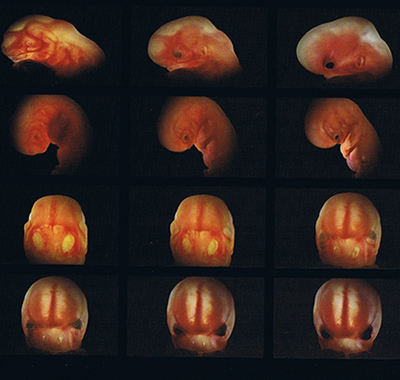What Are Your Labor Pain Relief Options?
 No matter how you decide to approach labor and delivery, either wanting a fully natural delivery or knowing that you want pain relief, it is a good idea to know about all the types of pain relief that are available. Many different things can happen during labor that can change your plans and ideas. If you know what options are out there, you can be fully prepared to make a confident decision during your labor.
Before we get into the types of pain relief, you should be aware that pain relief is broken down into two categories, analgesics and anesthetics. Analgesics is pain relief without the total loss of feeling. It lessens the pain, but you still have varying amounts of feeling. Anesthetics, block everything so that you don’t have feeling or pain. Anesthetics can be local, regional or general. Local anesthesia in delivery is used for such things as episiotomies. Regional anesthesia is used on larger specific areas of the body and general anesthesia involves your whole body, when you are put out completely.
No matter how you decide to approach labor and delivery, either wanting a fully natural delivery or knowing that you want pain relief, it is a good idea to know about all the types of pain relief that are available. Many different things can happen during labor that can change your plans and ideas. If you know what options are out there, you can be fully prepared to make a confident decision during your labor.
Before we get into the types of pain relief, you should be aware that pain relief is broken down into two categories, analgesics and anesthetics. Analgesics is pain relief without the total loss of feeling. It lessens the pain, but you still have varying amounts of feeling. Anesthetics, block everything so that you don’t have feeling or pain. Anesthetics can be local, regional or general. Local anesthesia in delivery is used for such things as episiotomies. Regional anesthesia is used on larger specific areas of the body and general anesthesia involves your whole body, when you are put out completely.
Natural Pain Relief Methods
- Breathing techniques – These are the breathing exercises that are taught at birth preparation classes.
- Water therapy – Using a hot tub or jacuzzi to help reduce discomfort.
- Massage – Massaging different parts of your body can help relieve muscle tension and pain.
- Changing positions – Some positions will feel better than others at different stages of labor. Try different positions until you find one that brings you relief. (walking, squatting, birthing/exercise ball, leaning over on all fours, etc)
Narcotics
- Narcotics are a type of analgesic pain relief.
- Given by IV or intramuscular injection.
- Stadol, Demerol and Nubain are the most common forms used.
- Not meant to take away all the pain, but they can help you to relax.
- Be aware that they can make you feel very groggy. If you don’t like that feeling, this may not be the type of pain relief for you.
- They can also make you feel nauseous and/or cause vomiting. They will usually give you another type of medicine to help relieve any nausea associated with these drugs.
Epidural
- There are two types of epidurals, epidural analgesia and epidural blocks.
- An epidural analgesia causes some loss of feeling in the lower body. You will usually still feel pressure, but the pain will be relieved.
- An epidural block is done with stronger anesthetic medications and is used in Cesarean sections and forcep deliveries. Since stronger medications are used in this type of epidural, you should not be able to feel any pain or pressure.
- Both types of epidural are given in the lower back in an area of your spine called the epidural space. You need to remain very still during the procedure and you will not be able to walk around after it is done.
- First, a needle is inserted into your back, a catheter (a very small tube) is placed and the needle withdrawn. They use this catheter tube to help regulate the amount of medicine they give you.
Spinal Block
- This is a type of regional anesthesia since it numbs the lower half of your body.
- Like an epidural, it is injected into your back, but it is not the same procedure and shouldn’t be confused with an epidural.
- A spinal block is injected directly into your spinal fluid. Because it is injected directly, it brings immediate relief.
- It numbs your lower half, but it only works for a very short time, about 1-2 hours. It is best to get this done as close to delivery as possible because it is a one time procedure and you don’t want it wearing off too early.
- Stronger doses are given for c-sections or forcep deliveries.
Epidural and Spinal Combo
- These are a combination of the above two forms of pain relief.
- You get the benefits of both…immediate relief from the spinal and longer term effects from the epidural.
Gas and Air
- This form of pain management is not used in the U.S., but is more commonly used in the U.K.
- It is also known as “laughing gas” (nitrous oxide), which is inhaled.
- It works fast, but has short term effects.
- It doesn’t necessarily help reduce the pain, but it can help you to relax, therefore making pain more manageable.
General Anesthesia
- This is when they put you completely asleep so that you don’t feel a thing.
- Used for emergency c-sections when they need to do something quickly.
Pain Relief Options



